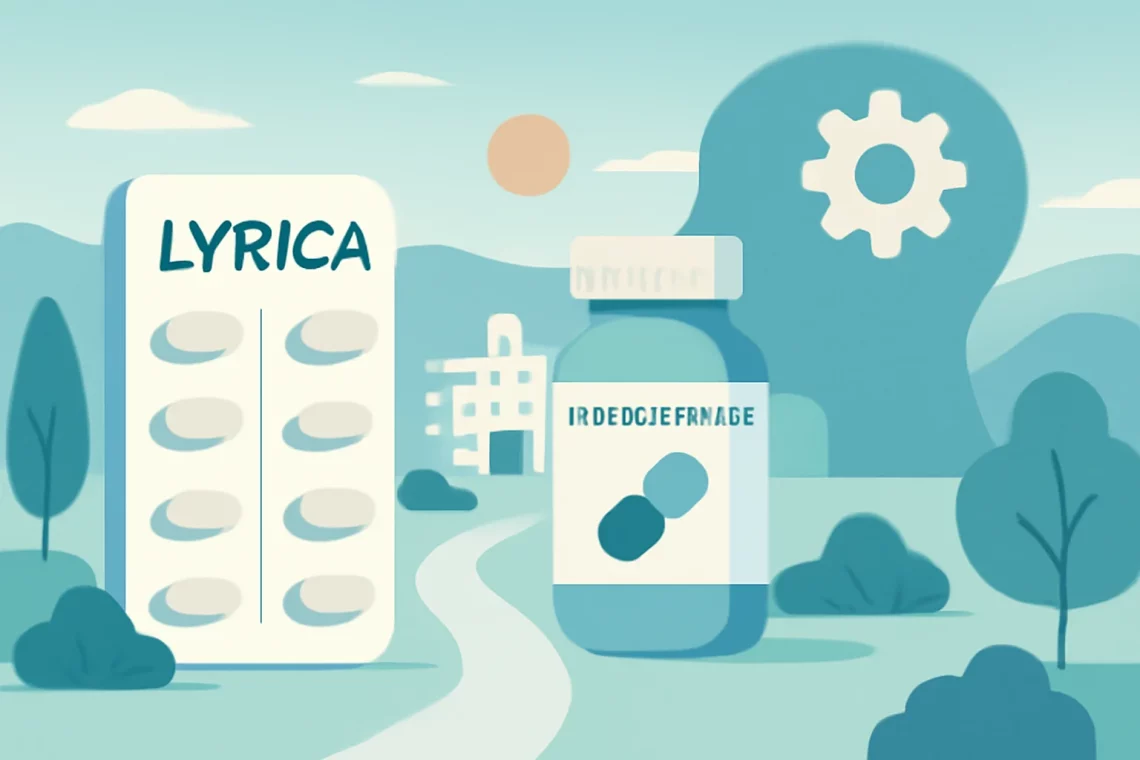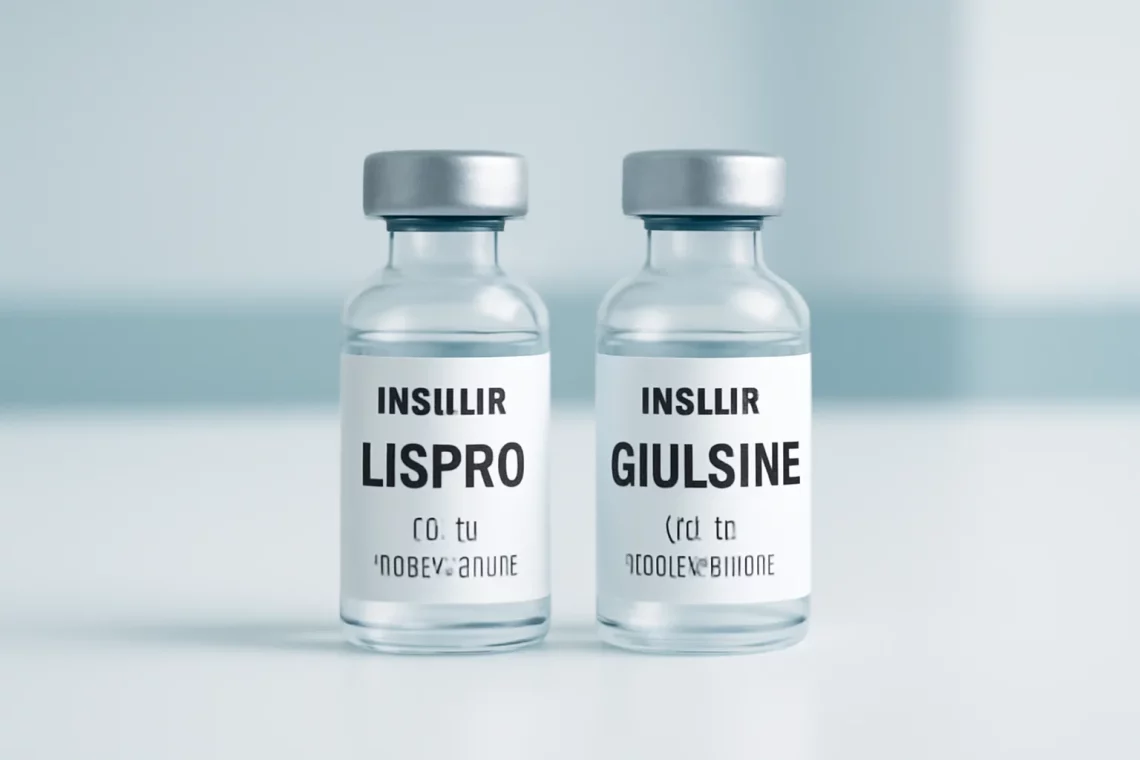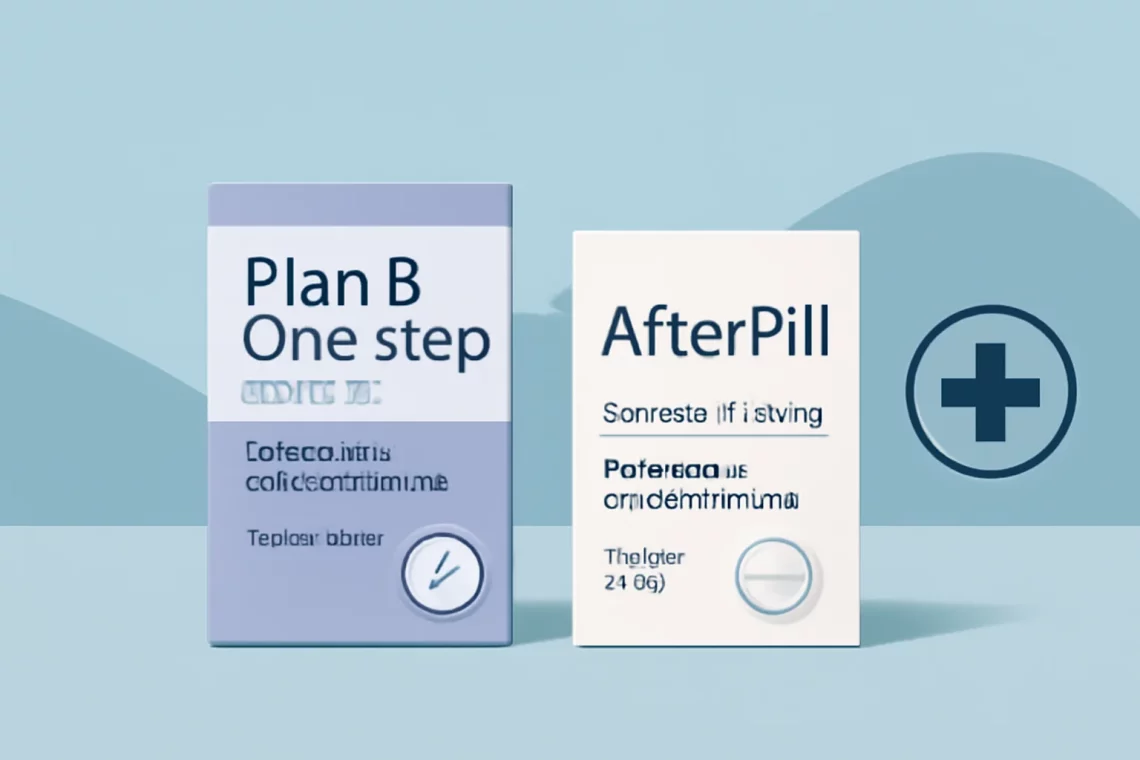-
Minocycline vs Doxycycline: Choosing the Right Antibiotic for You
Minocycline and doxycycline are two commonly prescribed antibiotics belonging to the tetracycline class. They are both effective in treating a variety of bacterial infections; however, they have distinct properties, uses, and side effects that can influence a healthcare provider’s choice of treatment. Understanding the nuances between these two medications can be crucial for patients when discussing treatment options with their healthcare providers. While both minocycline and doxycycline work by inhibiting bacterial protein synthesis, their pharmacokinetics and specific applications can differ significantly. Factors such as the type of infection, patient history, and potential drug interactions play a vital role in determining which antibiotic may be the more appropriate choice. As antibiotic…
-
Lyrica vs Nortriptyline: Comparing Their Uses and Effectiveness
The management of chronic pain and various mental health conditions often involves the use of medications that can significantly affect a patient’s quality of life. Among these medications, Lyrica (pregabalin) and Nortriptyline are two prominent choices that serve distinct purposes. While both drugs can alleviate certain symptoms, their mechanisms of action, side effects, and appropriate use vary widely, making it essential for patients and healthcare providers to understand their differences and similarities. Lyrica is primarily used to treat neuropathic pain, fibromyalgia, and certain types of seizures. It works by modulating the release of neurotransmitters and inhibiting certain calcium channels in the nervous system. On the other hand, Nortriptyline is a…
-
Entyvio vs Cimzia: A Comprehensive Comparison of Treatment Options
-
Escitalopram vs Fluoxetine: Which Antidepressant Is Right for You?
Escitalopram and fluoxetine are two widely prescribed selective serotonin reuptake inhibitors (SSRIs) used primarily to treat depression and anxiety disorders. Both medications have gained popularity due to their efficacy and generally favorable side effect profiles compared to older antidepressants. The choice between these two drugs often hinges on various factors, including the specific diagnosis, individual patient history, and potential side effects. With mental health issues on the rise globally, understanding the nuances of these medications is becoming increasingly important for both healthcare providers and patients alike. As patients seek effective treatment options, it’s essential to consider not only the mechanisms of action but also the differences in efficacy, side effects,…
-
Tramadol vs Ultram: Understanding Their Differences and Uses
Tramadol and Ultram are two terms that often evoke confusion among patients and healthcare providers alike. At first glance, one may wonder if they are distinct medications or perhaps different names for the same drug. The truth is that both terms are intricately linked, yet they represent different aspects of pain management strategies. Understanding the nuances between these terms is crucial for anyone navigating the world of pain relief medications. Tramadol is a prescription medication primarily used to treat moderate to moderately severe pain. It works by altering the way the brain and nervous system respond to pain. On the other hand, Ultram is a brand name for tramadol, and…
-
Xanax vs Ativan: Understanding the Differences and Uses
Xanax and Ativan are both medications commonly prescribed to manage anxiety and other related disorders. They belong to a class of drugs known as benzodiazepines, which are often utilized for their sedative and calming effects. While they may serve similar purposes, these medications differ in their chemical composition, usage, and side effects. Understanding the distinctions between Xanax and Ativan is crucial for patients and healthcare providers alike, as it can impact treatment decisions and overall patient outcomes. As anxiety disorders continue to affect a significant portion of the population, the choice between these two medications can be a pivotal one. In this article, we will explore the fundamental differences and…
-
Insulin Lispro vs Insulin Glulisine: Which is Right for You?
Insulin is a crucial hormone produced by the pancreas that plays a significant role in regulating blood sugar levels. For individuals with diabetes, maintaining optimal insulin levels is essential for overall health and well-being. Among the various types of insulin available, rapid-acting insulins such as Insulin Lispro and Insulin Glulisine are commonly prescribed to help manage blood sugar spikes after meals. These insulins are designed to act quickly, allowing for more flexible meal planning and improved glycemic control. The importance of understanding the differences between these two insulins cannot be overstated. Both Insulin Lispro and Insulin Glulisine have unique properties that can influence their effectiveness, duration of action, and the…
-
Plan B vs AfterPill: Comparing Emergency Contraceptive Options
In today’s fast-paced world, the topic of emergency contraception has gained significant attention. With the rising awareness of reproductive health and women’s rights, it’s essential to understand the options available for preventing unintended pregnancies. Among these options, Plan B and AfterPill are two of the most commonly discussed emergency contraceptive pills. These medications have sparked numerous conversations about their effectiveness, accessibility, and the implications of their use. Emergency contraception serves as a safety net for individuals who may have experienced contraceptive failure or unprotected intercourse. Understanding the differences between various options empowers individuals to make informed choices, especially in critical situations. As the conversation surrounding reproductive health continues to evolve,…
-
Zolpidem vs Eszopiclone: Which Sleep Aid is Right for You?
Zolpidem and eszopiclone are two commonly prescribed medications used to treat sleep disorders, particularly insomnia. As sleep-related issues continue to affect millions of people worldwide, understanding the differences, benefits, and drawbacks of these medications becomes increasingly important. Both drugs belong to a class of medications known as sedative-hypnotics, which work by influencing neurotransmitters in the brain to promote relaxation and sleep. However, despite their similar purposes, zolpidem and eszopiclone differ significantly in their mechanisms of action, side effects, and ideal usage scenarios. The growing prevalence of sleep disorders highlights the need for effective treatment options. Chronic insomnia can lead to a myriad of health issues, including anxiety, depression, and cognitive…
-
Farxiga vs Steglatro: Which Diabetes Medication is Right for You?
In the realm of diabetes management, the emergence of new medications has revolutionized treatment options for patients. Among these medications, Farxiga and Steglatro have gained significant attention for their effectiveness in controlling blood sugar levels. Both drugs belong to the SGLT2 inhibitor class, which works by preventing the reabsorption of glucose in the kidneys, promoting its excretion through urine. This mechanism helps to lower blood glucose levels, making them a viable option for many individuals living with type 2 diabetes. As the prevalence of diabetes continues to rise globally, understanding the differences and similarities between these two medications becomes increasingly important for patients and healthcare providers alike. Each medication comes…





































